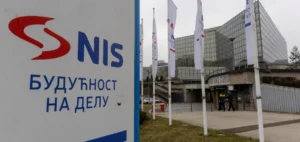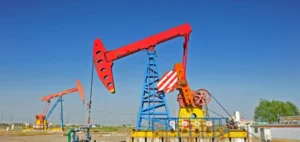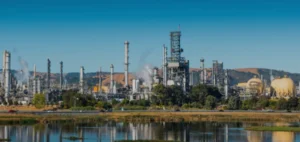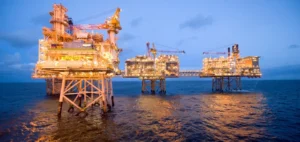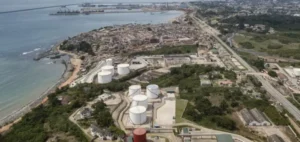Global oil refining capacity is declining. In fact, it had met a decline for the first time in 20 years in 2020. Then, this scenario was repeated last year.
A market already under pressure
This decrease in refining capacity exacerbates an already tight market and price volatility. Thus, the prices of diesel and gasoline have risen sharply.
According to Oil Refining Industry Insights, global fuel markets will remain under stress for several years. This depends on several factors. As a result, new capacities take time to grow. Moreover, the global context does not favor the demand for hydrocarbons in view of the prospects for decarbonization.
Joseph McMonigle, General Secretary of IEF, spoke about this:
“I am concerned that investors are hesitant to invest in new refineries based on decarbonization projections that may not hold up in reality.”
To date, it appears necessary to maintain robust fuel inventories and develop plans to deal with disruptions. This is taking into account the current fragile balance of the world fuel markets. In this sense, any unexpected disruption can potentially have a disproportionate effect on prices.
J. McMonigle also wants governments to review their emergency plans. This is to ensure that we can cope with supply difficulties. He also states that additional investments should be made.
The COVID-19 pandemic had significantly weakened margins and caused the closure of refineries or distribution terminals. As a result, between 2020 and mid-2022, capacity declined by 3.8 million barrels per day. However, refining margins exploded at the beginning of the year, reaching $35 to $50 per barrel.
Russia and China have high refining capacities. However, Russia, targeted by Western sanctions, is exporting less than expected. China, on the other hand, limits its exports due to its domestic policies.
What future for global refining capacity?
Refining capacity is expected to increase by 2 million barrels per day. In fact, these new capabilities are expected by the end of the year. Nevertheless, it is possible that delays or new challenges will disrupt this trend.
This uncertainty also concerns the demand for future conventional refining capacity. The transition to electric vehicles could lead to investor reluctance.
Moreover, there is a global movement towards decarbonization. Thus, energy transitions and supportive policies mean that the sector will have to reduce its gasoline and diesel yields. As a result, investors seem to want to ensure that refineries are fit for transition.

















